.png)
.png)
.svg)
.svg)



BCI experiences
BCI experiences
What does it feel like to use a brain-computer interface?
Brain-computer interfaces (BCIs) hold incredible promise for addressing unmet medical needs, especially for those who have lost the ability to speak or move due to injury or illness. While much of the current excitement centers on future possibilities, like restoring speech for those with ALS or enabling robotic limb control for individuals with paralysis, it’s also important to look back at the early BCI experiences and the people who helped bring the technology to life.
These BCI pioneers and early adopters have offered valuable insight into not just what BCIs can do, but how it feels to directly control objects with the mind. In conversations hosted by Matt Angle, CEO of Paradromics, and Taryn Southern, Creative Director at Blackrock Neurotech, users described the surprisingly natural experience of using neuroprosthetics to control robotic arms or flight simulators directly (see the YouTube video below for more).
BCI experiences show how brain implants become an extension of the body.
Jan Scheuermann, one of the most well-known early BCI research participants, summed it up clearly:
“Even though I had been a quadriplegic for 12 years and my body had forgotten how to move my arm, my brain hadn’t forgotten. My brain remembered and did what brains are supposed to do.”
Her BCI experience speaks to the resilience of neural systems and the idea that, even after years of disuse, motor intention can remain intact, ready to be expressed again through new channels like brain implants.
Jan also likened the experience to giving a high five. When asked what someone thinks about when raising their arm to give a high five, the answer was, “not much.” That, she noted, was the point. When BCIs work, they don’t feel like controlling an external object, instead they feel like an extension of one's body, a seamless connection often described in neuroprosthetics research.
BCI experiences highlight how the brain adapts to neuroprosthetics and brain implants.
These reports from BCI users paint the picture of a BCI as a translator between the language of electrical patterns of neural activity and the digital language that computers understand, enabling seamless two-way communication that helps users regain independence and control. The process taps into the brain’s remarkable ability to adapt and reorganize, a phenomenon known as neuroplasticity. As the brain adapts, it begins to treat brain implants as a natural extension, enabling users to carry out their intentions, actions, and expressions with greater ease.
These insights reveal that when the interface is well-designed, the brain will naturally incorporate external tools or objects as extensions of the self. Much like a skilled violinist doesn’t consciously think about each finger movement or a cyclist forgets the feel of the handlebars, when many users describe their BCI experience, they say the device fades from conscious awareness, integrating seamlessly into how they express themselves. It’s more like a dance partner that moves with them and less like a remote control that they command.
Rethinking cognition through BCI experiences with neuroprosthetics.
This perspective pushes back against the outdated belief that thinking is simply a linear process of generating internal language and then converting it into action. Instead, cognition is embodied and shaped by sensory experience, physical context, and our interactions with the environment. In many instances, action precedes conscious thought, with reasoning serving to justify what has already occurred. By continuing to embrace a more accurate and sophisticated understanding of human cognition, we hope to open the door to more intuitive, adaptive, and empowering neuroprosthetics, brain implants, and next-generation BCI experiences.
Additional reading
Krugwasser AR, Harel EV, Salomon R. The boundaries of the self: the sense of agency across different sensorimotor aspects. 2019; J. Vis. 19, 14.
Pandarinath C, Nuyujukian P, Blade CH, et al. High performance communication by people with paralysis using an intracortical brain-computer interface. eLife, 2017; 6:e18554.
%20(1).svg)

.svg)